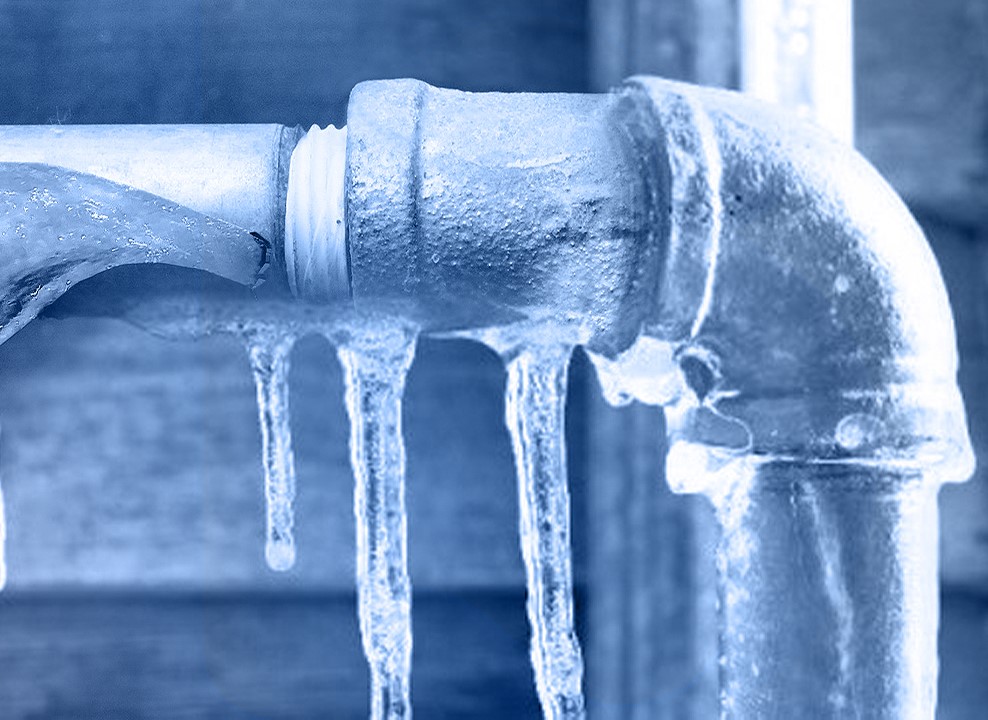Tips for Avoiding Frozen Plumbing in Winter: Expert Tips
Set An AppointmentWhat are your thoughts and feelings on Helpful Tips to Prevent Frozen Pipes this Winter?

Cold weather can ruin your pipes, particularly by freezing pipelines. Right here's how to avoid it from happening and what to do if it does.
Intro
As temperatures decline, the risk of icy pipes rises, possibly causing pricey repair work and water damage. Recognizing how to prevent icy pipes is vital for property owners in cool environments.
Understanding Icy Pipelines
What creates pipes to ice up?
Pipes ice up when exposed to temperatures below 32 ° F (0 ° C) for prolonged durations. As water inside the pipelines ices up, it expands, putting pressure on the pipeline wall surfaces and possibly causing them to rupture.
Dangers and problems
Icy pipelines can result in water disruptions, residential property damage, and expensive repair work. Burst pipes can flooding homes and create considerable architectural damage.
Signs of Frozen Piping
Determining frozen pipelines early can prevent them from breaking.
Just how to determine frozen pipelines
Search for decreased water flow from taps, unusual smells or noises from pipelines, and visible frost on subjected pipelines.
Prevention Tips
Shielding vulnerable pipes
Cover pipes in insulation sleeves or utilize warmth tape to protect them from freezing temperatures. Concentrate on pipelines in unheated or external locations of the home.
Home heating techniques
Keep interior areas effectively heated up, especially areas with pipes. Open closet doors to allow warm air to distribute around pipelines under sinks.
Protecting Outdoor Pipes
Garden pipes and outdoor faucets
Disconnect and drain pipes yard tubes before winter season. Set up frost-proof spigots or cover outdoor taps with shielded caps.
What to Do If Your Pipelines Freeze
Immediate actions to take
If you think frozen pipelines, maintain taps open to ease stress as the ice thaws. Use a hairdryer or towels soaked in warm water to thaw pipelines slowly.
Long-Term Solutions
Structural adjustments
Consider rerouting pipelines far from outside walls or unheated areas. Add additional insulation to attics, cellars, and crawl spaces.
Updating insulation
Purchase top quality insulation for pipelines, attics, and walls. Appropriate insulation aids maintain constant temperature levels and decreases the danger of icy pipelines.
Conclusion
Stopping icy pipes requires positive procedures and fast responses. By understanding the causes, indications, and safety nets, home owners can shield their pipes throughout winter.
5 Ways to Prevent Frozen Pipes
Drain Outdoor Faucets and Disconnect Hoses
First, close the shut-off valve that controls the flow of water in the pipe to your outdoor faucet. Then, head outside to disconnect and drain your hose and open the outdoor faucet to allow the water to completely drain out of the line. Turn off the faucet when done. Finally, head back to the shut-off valve and drain the remaining water inside the pipe into a bucket or container. Additionally, if you have a home irrigation system, you should consider hiring an expert to clear the system of water each year.
Insulate Pipes
One of the best and most cost-effective methods for preventing frozen water pipes is to wrap your pipes with insulation. This is especially important for areas in your home that aren’t exposed to heat, such as an attic. We suggest using foam sleeves, which can typically be found at your local hardware store.
Keep Heat Running at 65
Your pipes are located inside your walls, and the temperature there is much colder than the rest of the house. To prevent your pipes from freezing, The Insurance Information Institute suggests that you keep your home heated to at least 65 degrees, even when traveling. You may want to invest in smart devices that can keep an eye on the temperature in your home while you’re away.
Leave Water Dripping
Moving water — even a small trickle — can prevent ice from forming inside your pipes. When freezing temps are imminent, start a drip of water from all faucets that serve exposed pipes. Leaving a few faucets running will also help relieve pressure inside the pipes and help prevent a rupture if the water inside freezes.
Open Cupboard Doors
Warm your kitchen and bathroom pipes by opening cupboards and vanities. You should also leave your interior doors ajar to help warm air circulate evenly throughout your home.

Hopefully you enjoyed our article about 6 Ways to Prevent Frozen Pipes. Thanks for taking time to read through our article. Don't hesitate to take the time to promote this content if you appreciated it. I cherish your readership.
Click Here